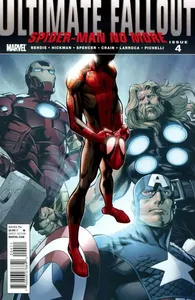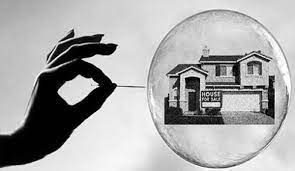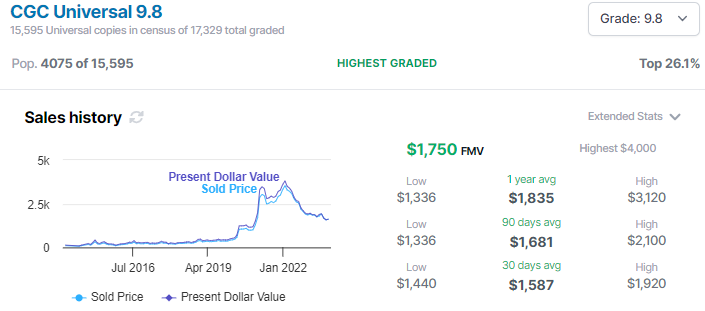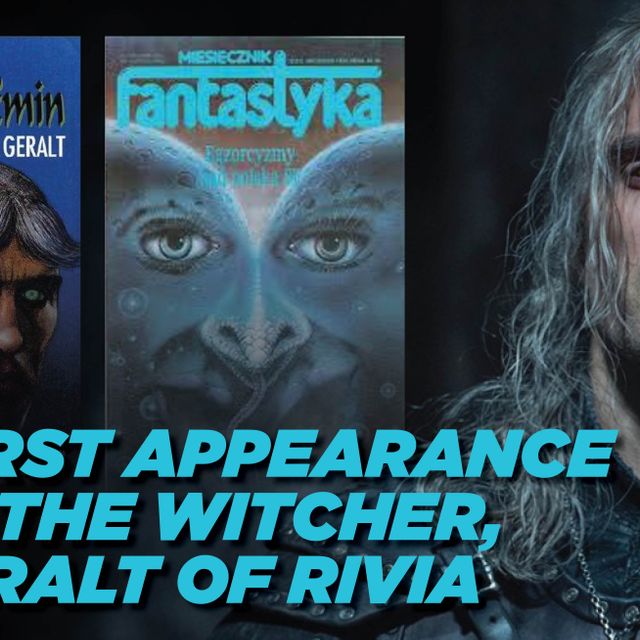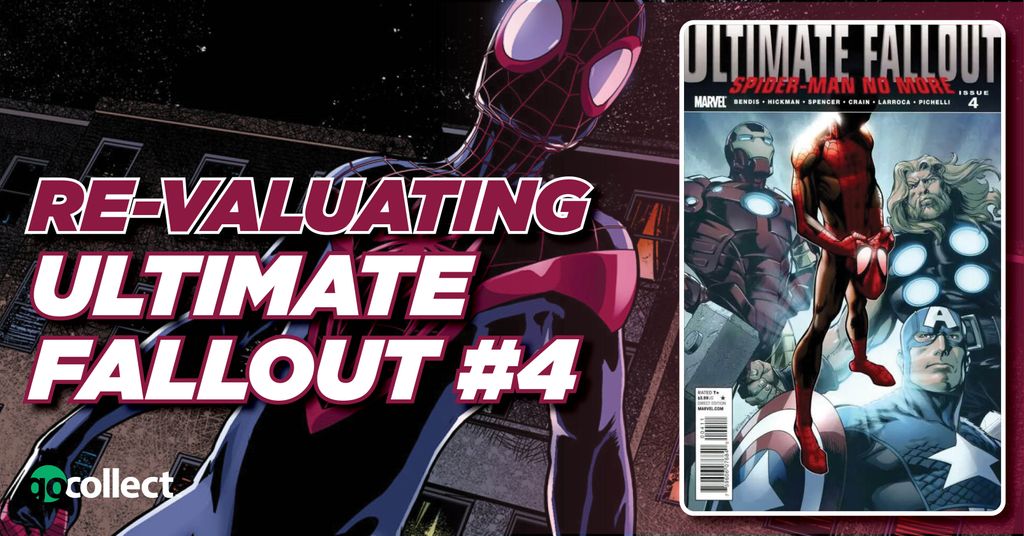
I have been watching this comic for years and questioned the sales prices for this issue and I've seen readers argue their side for why this book has success written all over it. After another release of Miles Morales in an animated film and the announcement that a live appearance is in development, now is a good time for us to once again re-evaluate this issue's investment potential. Here are the top reasons people say this issue is a sound investment with a lot of room for growth.
Reason #1
Buyers: "This is a Spider-Man for Minorities"
One of the first reasons people say this book has great potential is because this is a new take on Spider-Man. Fans will buy this book because they can now identify with the character. His problems are unique to him because of his ethnicity. The fact that Spider-Man is now a mixed-race hero is where the country is now and this will facilitate more buyers' interest in the character. Once the masses find out about this and the current generation gets older, this will be the book they target. That means the price for this book will only move upward. Right?
But... A timeless tale
Peter's tale is of an orphan who feels out of place and must deal with powers that further isolate him. How he navigates that path is a story that most readers can relate to. That is why a good story is more important than a diversity change.
The Rocky Balboa- Apollo Creed story is a perfect example of this rationale. A down-and-out fighter is given a chance to fight the world's greatest boxer and get the brass ring. Years later, the world's greatest boxer's son is trained by his father's opponent to realize his own dream of being the man he wants to be without using his father's legacy.
The characters' races and ethnicity could be changed between the two families and the story still works. The story is so good that it does not need to create something artificial to make the plot exciting.
An easy fix is not always a good one
Many people suggest that a film with minority characters does not succeed because of a perceived prejudice. The success of the first Black Panther film should have put that belief to bed. A gimmick with a bad story is not a roadmap to success (female Ghostbusters!!!).
Changing a character cosmetically but not putting any emphasis on the substance of the character, story, and finished project is a bad way to make a film. It is the equivalent of re-designing an automobile that drives poorly by offering the same car in new colors. Fans can see through these tricks.
Investing in Ultimate Fallout #4 because it features the first appearance of a minority Spider-Man is not a valid reason to go all-in on this book.
Reason #2
Buyers: "Live-action films will bring in new buyers"
Many readers have stated the belief that a live-action film will bring in new buyers in the market. They point to past price increases for other characters that have seen this movie bounce. Mediocre characters like Star Lord, Polka-Dot Man, Rocket Raccoon, and others whose first appearances jumped in value because of a film.
The belief is that moviegoers and fans will want to have Miles's first appearance and pay the price to get it. This influx of moviegoers along with current investors will result in an increase in the price of this book. If a movie can drive up the value of a mediocre hero, then imagine what it will do for this version of Spider-Man. Right?
But... A flawed premise
Blue Beetle recently hit the silver screen. An AP article provides a great review of the film. The reporter chronicles how this is a perfect tale of a minority superhero who is trying to buck the downward superhero genre trend. The journalist even mentions how the story features a spotlight on a minority family and superhero that was also present in Spider-Man: Across the Spider-Verse.
All these high spots are mentioned and yet the movie only receives a C+ grade. The low grade is not the only problem for the film. In the whole review, the journalist only mentions in passing that this character is based upon a comic book character.
A reel problem
Many moviegoers do not care that Miles is a comic book character. They care even less about what comic book contains his first appearance. Investors falsely believe that a new movie will create a demand among new and old comic book fans who will, naturally, seek out Ultimate Fallout #4.
Marvel and Disney are not concerned with how a live-action film impacts new or back comic book issues. They make more money from licensed products than comic books. Rarely do comic book-based movies try to get viewers to buy from the source material. Instead, they want them to buy jackets, shirts, toys, and other products.
A Miles' live-action appearance is no guarantee that moviegoers will turn to comics. The only market for his first appearance will be from the existing comic book market, and most of them may have already bought their copy.
Reason #3
Buyers: "Miles is the Spider-Man for the younger generation"

The Silver Age introduced new takes on old characters. Jay was replaced by Barry while Alan Scott became Hal Jordan. Comic book characters are always re-imagined to fit the new era. These new characters were successes because they fit the new times. Miles had to be introduced because he is the Spider-Man the next generation will identify as their own.
Past introductions rose in value and thus Ultimate Fallout #4 has the potential to explode in value. Fans young and old will flock to this version of Spider-Man. They will all want his first appearance. Right?
But... Past patterns aren't guaranteed to repeat
The buyer's point can be true and still not make Ultimate Fallout #4 a good investment. The premise that younger fans will buy that issue because he is "their" Spider-Man is based upon a faulty model.
The hobby is not seeing an influx of younger comic book collectors. Even rarer are younger new comic book collectors who can afford to drop a grand on this issue. Knowing the market is important. Too many are projecting an outcome based on past models without actually looking at the data. There are too many things that draw younger fans' interest. The competition to make these younger fans come to comics is made all the more difficult because again the movies do not make any connection to the comic books.
Investing 101
Comic book investors believe that film and television announcements are bringing in a vast majority of new hobbyists. That is not true. When CNBC announces news that a company has developed a new product, the majority of people who invest in that company are already investing in the stock market. The same can be true in the comic book marketplace.
People who buy movie-related issues are already collecting. They have only changed the targets that they are buying. The change in targets is because these issues are now deemed to be keys among collectors and investors. These individuals do not care about the cultural and historical importance of Miles Morales, only how much money they can generate from his book.
Reason #4
Buyers chant: "Ultimate Fallout is red hot!"
The greatest reason that investors state that people should buy Ultimate Fallout #4 is because of the gains the book has received. This is something that one cannot deny. In the past, this issue and the associated variants have seen great demand. As a result, their sale prices had risen. People wanted this book and were actively seeking it out.
Once found, they would pay whatever price they had to because FOMO on a future big payday drove buyers. The demand for this issue is not transitory and will thus exist for years. Now is the time to get in on the ground floor. One only needs to look at the FMV of this book to see how important it is in the market. Right?
But... The Big Short
In the early 2000s, the economy was booming and everyone was doing well. Michael Burry saw the future but dug deeper. He realized that the real estate bubble would burst. He attributed this to financial institutions investing in bundled subprime mortgages whose rates would adjust in the future. Investors did not listen to him because they were making money hand over fist.
Burry bet against this continued success and shorted certain transactions. He was proven right and many of those financial institutions that invested in these subprime mortgage bundles either had to be bailed out or closed their doors. Past successes built on a poor foundation will eventually crash when the right conditions are met.
Review the numbers
A year ago, a 9.8 Ultimate Fallout #4 was selling for around $2,200.00. On the date this article is being written, the FMV is only $1,750 with several actually-sold-price copies in August 2022 hitting the $1.500 range. That is not good for the person who bought a 9.8 copy for $3,550 on March 22, 2022.
Roughly ten thousand of these books have a CGC grade of 9.4-9.6. A website estimates that there were around 91,600 copies in the Bagley first Printing. This was a revision from a previous article that Chromicron published with an estimate of 74,000 issues published.
That is not a good ratio in that roughly 1 in 9 has a very high grade. High-grade raw copies are also readily available at shows and online. A high population of books greatly will impact prices and sellers know this all too well.
Price Manipulation Exists
Take me out to the ball game
Many comic book collectors base their investment advice from within the confines of one medium. That can be problematic because knowledge on other collectible markets can provide great examples of how a marketplace works.
The television show "Strange Inheritance" features finds that turn out to be worth more than what the heirs originally believed. One such episode featured the Black Swamp baseball card collection, This was a massive find of pre-war baseball cards. This collection came to market, to the delight of high-end card collectors. Cards like these hardly exist and when they come to market they sell for large sums. The problem was that too much of a good thing is not really a good thing.
Augustus Gloop Disease
Augustus was one of the main antagonists in Charlie and the Chocolate Factory. He could not stop himself from eating too much. Gluttony and lack of restraint led to his downfall.
The auction house that handled the Black Swamp baseball cards also realized gluttony would not be good in the "Strange Inheritance" episode. That meant that they gradually auctioned off some of these cards so as to control the market's population rather than dump the collection all at once.
Buyers would only get a small taste of the collection over a longer period of time. Demand was up because the auction house manipulated the supply available for purchase. The owners saw a great windfall, but this new influx of cards had a not-so-favorable effect on the rest of the pre-war card market.
Supply, supply, supply
The introduction of this collection into the market made valuable cards less valuable. The rarity factor was now gone. Instead of one card being the holy grail in a certain grade, there now existed several in that grade. Here is a great article on the impact of the collection on the value of other cards.
The same condition can exist with Ultimate Fallout #4. This is a book that was rumored to have been sold in great volume to book and comic dealers so that suppliers would not be stuck with those extra copies. Even if the rumor is false, this book is not rare. The more books that will eventually come into the market will impact sales.
There are over 17,000 copies in the CGC census. A couple years ago, in another article I wrote examining this book, only around 8,600 copies were in the CGC census. That is a big jump in a little over 2 years. A book that was once rare is now at every booth and on most websites. This hurts its value.
Final Thought
The concern that one cannot escape is that this book is quite common in higher grades because it is a relatively new book. Once more of these books were graded and sent to market, prices dropped. This was even true during another cartoon movie release as well as a live film development announcement. Other comic books have seen price adjustments as well, but not with such a change in the census of graded books. This increase in the number of books out there is potentially dangerous to this issue holding its value.
Baseball cards have already seen how a major find of once-rare cards discombobulated long-established prices. What once was rare was not anymore. This same phenomenon is being seen with Ultimate Fallout #4. Supplies went up to meet a perceived demand, and yet those new buyers were not found. Furthermore, a large number of speculators who have no passion for the hobby have left. This means demand could be going down for this issue. Many do not want to hear this because they own this book.
I can't bring myself to be a mere cheerleader. Even negative aspects of the hobby must be divulged so that the readers have a total view so that they can make an informed decision that is in their own best interest. Ultimate Fallout #4 could pop and be even bigger than it is now, but that does not mean one should ever stop reviewing the numbers. Big banks and financial institutions did that years ago and look at how that ended for some of them!
"Truth is like poetry. And most people f------ hate poetry" The Big Short
What do you think about the long-term value of UF #4? Let us know in the comments?

